Is Mole the Secret Star of Spanish-Inspired Dishes? Uncovering the Spice Magic Behind This Rich Dish!
Table of Contents
- Introduction: The Spiced Mystery of Mole
- A Historical Fusion: Where Did Mole Come From?
- Flavor Profile Breakdown: What Makes Mole Unique?
- Types of Mole Across Regions
- 7 Essential Spice Tips for Cooking Authentic Mole at Home
- Buying Guide: Selecting the Best Ingredients for Your Mole
- Pairing Suggestions: How to Serve Mole Like a Pro
- Conclusion: Embrace the Spice Legacy of Mole
Introduction: The Spiced Mystery of Mole
Mole (pronounced MOH-lay) might immediately conjure images of Mexican fiestas and smoky sauces, but did you know this rich, complex dish also has deep ties to Spanish culinary traditions? Yes, mole is not just a Mexican treasure — it’s a global celebration of spice fusion that deserves more recognition in Spanish-inspired dishes too.
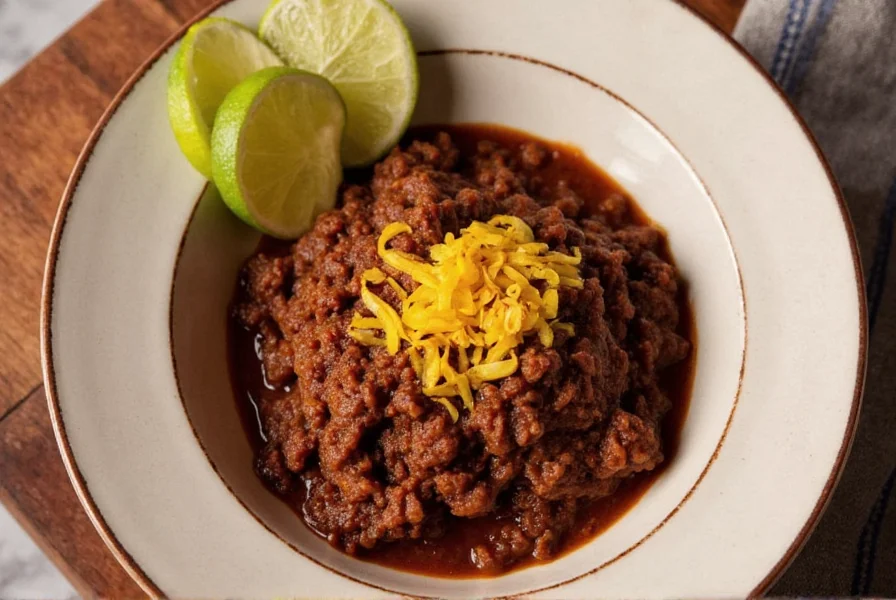
A Historical Fusion: Where Did Mole Come From?
The origins of mole are as layered as its flavor profile. While many people associate mole exclusively with Mexico, its roots can be traced back to Spanish colonial influence. During the 16th century, Spanish missionaries in Oaxaca combined local ingredients like cacao, chili peppers, and nuts with European techniques, creating what we now recognize as mole.
Over time, regional variations developed across Latin America, but Spain itself never fully adopted mole into mainstream cuisine. Still, elements of mole’s spiced complexity echo through certain Spanish dishes — especially those that incorporate dried chilies, almonds, and chocolate-like richness.
Flavor Profile Breakdown: What Makes Mole Unique?
Mole is known for its balance of sweet, spicy, earthy, and bitter notes. Let's take a closer look:
| Taste Element | Main Contributors |
|---|---|
| Sweetness | Dried fruits, raisins, cinnamon, chocolate |
| Heat | Ancho, mulato, pasilla chilies |
| Earthiness | Cumin, sesame seeds, tomatoes |
| Bitterness | Dark chocolate, burnt tortillas |
| Nuttiness | Almonds, peanuts, pumpkin seeds |
Types of Mole Across Regions
While mole poblano and mole negro are famous in Mexico, there are versions that reflect Spanish influence or could easily complement Spanish-style dishes. Here’s a quick comparison:
| Type | Origin | Spice Highlights | Best For |
|---|---|---|---|
| Mole Poblano | Puebla, Mexico | Chocolate, ancho chili, cinnamon | Festive chicken dishes |
| Mole Verde | Oaxaca, Mexico | Fresh herbs, green chilies, tomatillos | Vegetarian tacos |
| Mole Manchego | La Mancha, Spain | Almonds, paprika, bread thickener | Pork or rabbit stew |
| Mole de Panocha | Rural Mexico | Raw sugar, corn masa, dried fruit | Stews and casseroles |
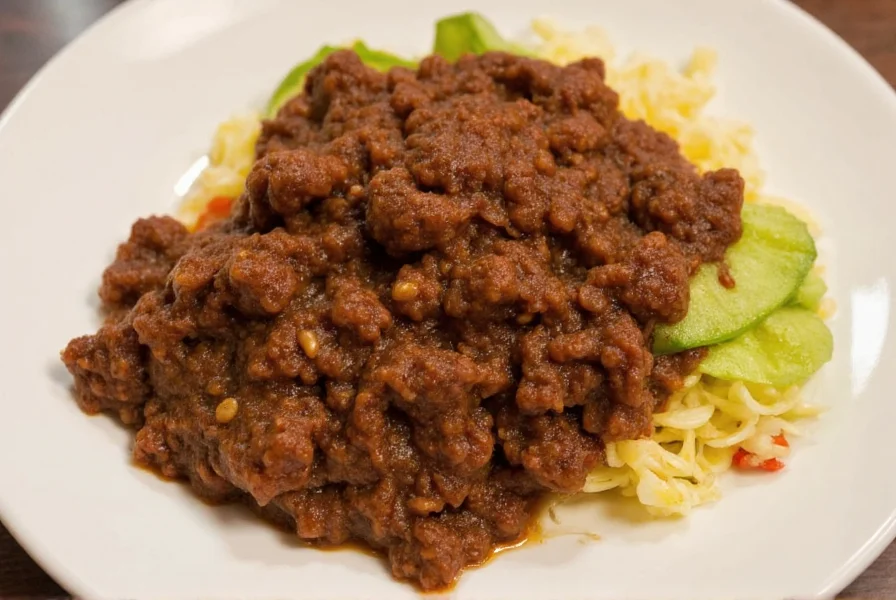
7 Essential Spice Tips for Cooking Authentic Mole at Home
If you're ready to bring some mole magic to your kitchen, here are expert-level tips to make sure every bite sings with flavor:
- Toast Your Spices First: Lightly dry-roasting spices like cumin, coriander, and black pepper enhances their oils and deepens flavor.
- Use a Variety of Chilies: Don’t rely on one type. Combine mild, smoky, and fruity chilies for complexity — try ancho, guajillo, and pasilla together.
- Balance Sweet and Heat: Use raisins or dates to mellow out the spice. Dark chocolate adds subtle bitterness that rounds everything out.
- Add Thickness Gradually: Mole should coat your spoon, not drown it. Use toasted bread, masa, or ground nuts to thicken without overpowering flavor.
- Simmer Slowly: Low-and-slow is key. Letting the sauce cook gently for hours allows flavors to meld beautifully.
- Don’t Skip the Fried Tortilla Base: Toasted tortillas add body and a slight char that gives mole its signature depth.
- Taste and Adjust Often: Add small amounts of vinegar or citrus at the end to brighten up the richness.
Buying Guide: Selecting the Best Ingredients for Your Mole
Whether you're new to mole or a seasoned spice lover, knowing what to buy makes all the difference. Here’s a curated guide to help you pick the best ingredients for making authentic mole at home:
| Ingredient | Features | Advantages | Target Audience | Suitable Occasions |
|---|---|---|---|---|
| Ancho Chili Powder | Smoky, mildly sweet with low heat | Base flavor for most moles; easy to find | Beginners and home cooks | Everyday meals, family dinners |
| Guajillo Chili Flakes | Bright red color with tangy, berry-like notes | Adds brightness and color contrast | Intermediate cooks looking for flair | Fiestas, special gatherings |
| Unsweetened Cocoa Powder | Rich, earthy flavor with no added sugar | Brings depth without sweetness overload | Chefs and advanced enthusiasts | Dinner parties, tasting events |
| Whole Almonds | Roasted or raw for grinding | Thickens and adds nutty layer | Cooks aiming for authenticity | Traditional holiday recipes |
| Hard White Bread | Traditionally used to thicken mole | Offers texture and neutral base | Historically-minded chefs | Vintage recipe recreations |
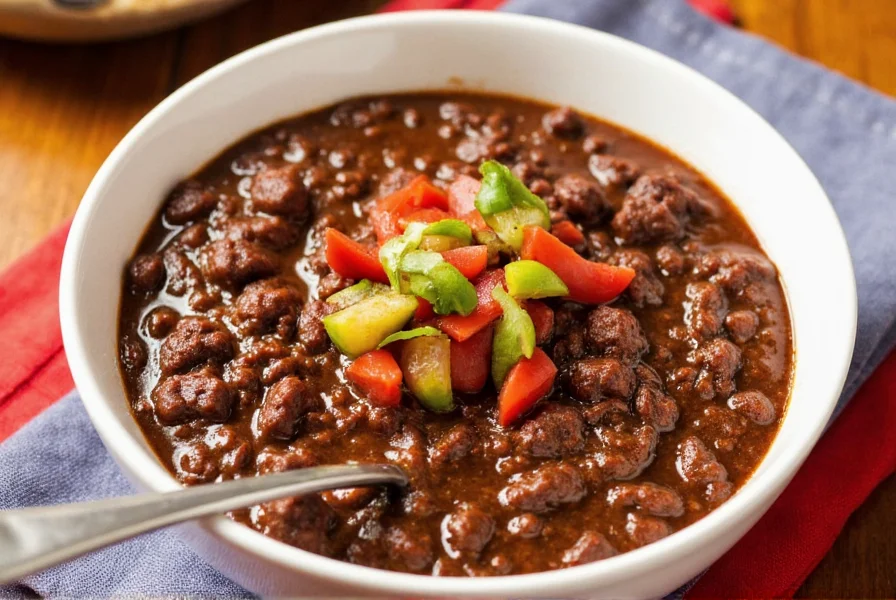
Pairing Suggestions: How to Serve Mole Like a Pro
Mole is incredibly versatile, but serving it right can elevate your meal from good to unforgettable. Here are some top pairing suggestions:
- Rice: Plain white rice lets mole shine. For extra flair, use saffron-infused rice to add a Spanish touch.
- Proteins: Chicken, turkey, pork, or tofu all work well. Try searing first for better flavor absorption.
- Vegetables: Roasted squash, zucchini, or grilled plantains complement the warmth of the spices.
- Bread: Warm tortillas or rustic sourdough are great for scooping up every last drop.
- Drinks: Pair with horchata, a light Tempranillo wine, or even a dark beer for a bold contrast.
Conclusion: Embrace the Spice Legacy of Mole
Mole may have grown up in Mexico, but its soul is deeply rooted in Spanish culinary DNA. From the blend of spices to the slow-cooked complexity, mole is more than a sauce — it’s a celebration of cultural fusion and spice mastery.
Whether you’re a passionate home cook or a professional chef looking to expand your repertoire, exploring mole opens the door to a world of flavor possibilities. So next time you reach for your spice rack, don't forget to give mole a try — your taste buds will thank you.
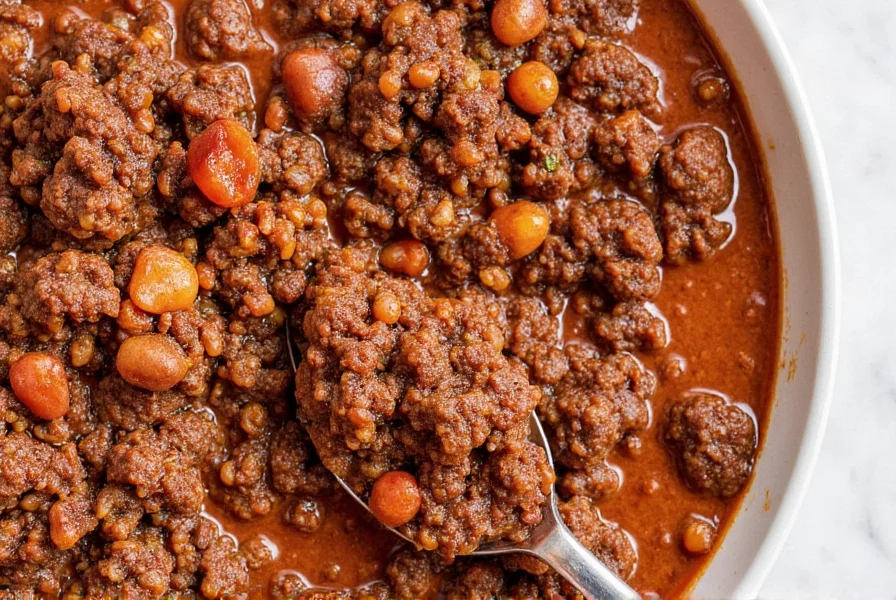

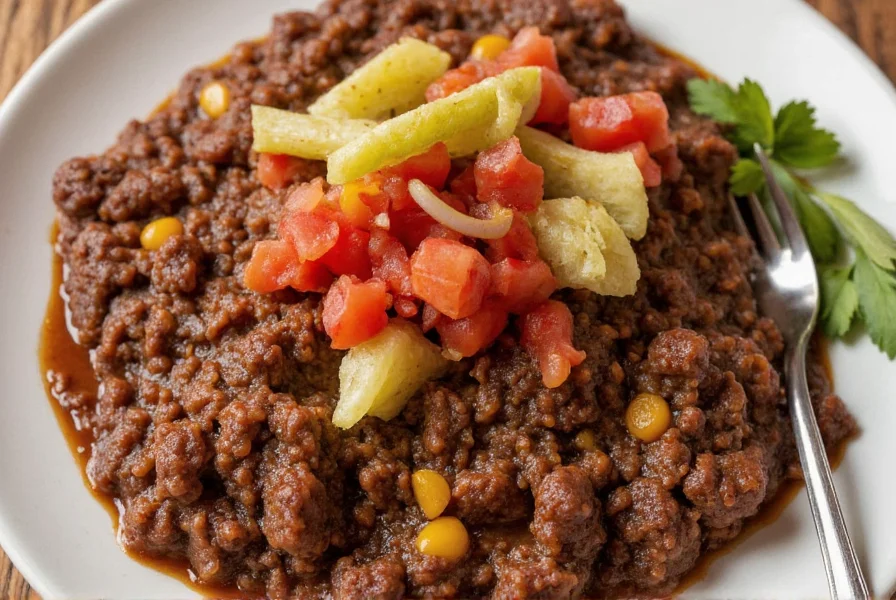









 浙公网安备
33010002000092号
浙公网安备
33010002000092号 浙B2-20120091-4
浙B2-20120091-4